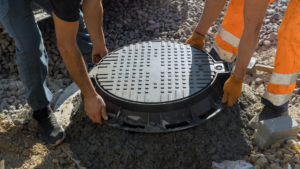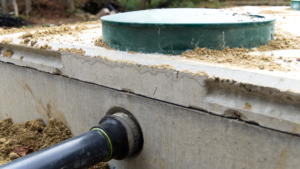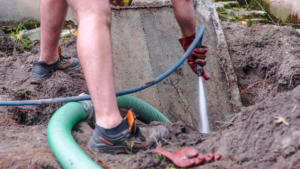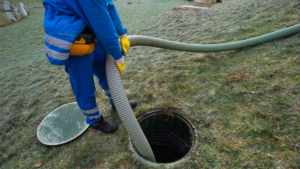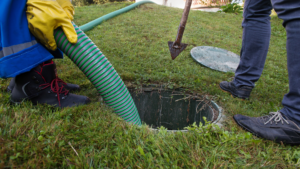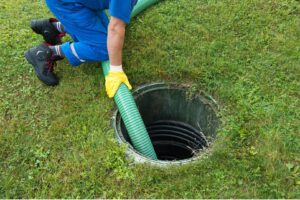Let’s face it, septic tanks are not the most glamorous topic out there. But if you own a home with a septic system, understanding how it works and how to maintain it is crucial for avoiding costly repairs and keeping your home’s plumbing working properly. In this step-by-step guide to Septic Tanks, we will cover everything you need to know about this essential part of your home’s plumbing. From understanding the basics of how a septic tank system works to the crucial steps in installation and maintenance, we have got you covered. So, whether you are a new homeowner or just looking to brush up on your knowledge of septic tanks, read on to learn everything you need to know about maintaining a healthy and functional septic system.
Understanding the Basics of Septic Tank System
Proper maintenance is crucial for the longevity of your septic tank system. Understanding how it works helps you avoid expensive repairs and ensures optimal performance. Septic tanks are commonly found in rural areas without access to public sewers. They consist of three main components: the tank, drain field, and outlet pipe. The tank collects solid waste and separates it from liquid waste, allowing the effluent to flow into the drain field for treatment. Familiarize yourself with the basics of your septic tank area and follow proper cleaning and maintenance procedures. Regular cleaning, inspection, and care of the drainfield, plumbing, and filters prevent issues like scum buildup, methane leaks, and damage to the lining. By understanding these basics, you can keep your septic tank system running smoothly and avoid unnecessary repairs.
Importance of Septic Tank Maintenance
Regular septic tank maintenance is crucial to prevent blockages and costly repairs. Neglecting maintenance can lead to backups, clogs, and sewage issues in your home. To ensure efficient disposal of sewage and avoid these problems, follow a few key steps: pump the tank every 3 to 5 years to remove sludge buildup, conduct routine inspections for early problem identification, and prioritize regular cleaning, pumping, and inspections. By maintaining a healthy septic system, you protect public health and the environment while ensuring smooth operation of your own plumbing.
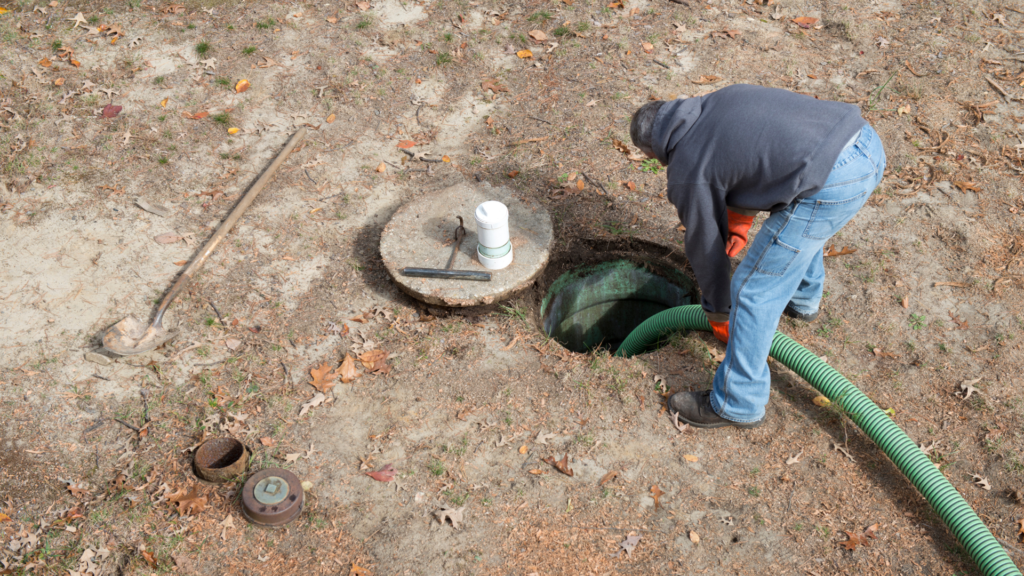
Detailed Guide to Septic Tank Inspection
Regular septic tank inspections are crucial for identifying any potential problems and ensuring the proper functioning of the septic system. By inspecting the key components such as the septic tank, drain field, and outlet baffle, you can catch any issues early on and prevent costly repairs. It is recommended to have inspections conducted by qualified professionals or home inspectors who have the necessary expertise in septic systems.
During a septic tank inspection, the inspector will closely examine the septic tank area, checking for any signs of leakage, cracks, or damage. They will also inspect the drain field to ensure that it is free from any obstructions or saturation.
Identifying the Key Components of a Septic System
To successfully inspect a septic system, it’s crucial to understand its key components. These include the septic tank, drain field, distribution box, and outlet pipe. The septic tank holds wastewater from your home, separating solids and liquids. The treated wastewater is then released into the soil through the drain field for further filtration. The distribution box evenly distributes wastewater to different trenches in the drain field. The outlet pipe and baffle control the flow of septic effluent from the tank to the drain field. Regular inspection of these components ensures proper functioning and longevity of your septic system, contributing to public health and environmental protection.
Crucial Steps in Septic Tank Installation
Proper installation of a septic tank involves several important steps that are crucial for its efficient functioning. Determining the size of the septic tank is the first step, which depends on the number of occupants and the soil conditions. Next, excavation is required to create an appropriate space for the placement of the septic tank and drain field. Once the tank is in place, it needs to be properly connected to the drain field to ensure the smooth flow of wastewater. This connection plays a vital role in the treatment process.
Connecting the Septic Tank to the Drain Field
Connecting the septic tank to the drain field is a crucial step in the installation process. It involves proper placement and design of the drain field for effective wastewater treatment. Following proper guidelines and regulations during installation is essential for preventing future issues and ensuring efficient septic system function. Homeowners should understand the importance of this step and its impact on overall performance. Properly connecting the septic tank to the drain field requires careful consideration of factors such as tank type, area, and the next installation step. Incorporating features like effluent filters and scum and sludge levels can enhance system functionality.
How Often Should a Septic System Be Inspected?
Regular septic system inspections are crucial for proper maintenance. The frequency depends on factors like tank size and number of occupants. On average, inspections should be done every 3 to 5 years. Homes with a sump pump or garbage disposal may need more frequent checks. Inspections help catch issues before they become major problems.
What Does a Septic Inspection Involve?
A septic inspection involves a comprehensive check of key components like the tank, drain field, and outlet. Inspectors look for leaks, blockages, and evaluate percolation and wastewater treatment. Soil conditions are also assessed. A detailed report is provided with findings and any necessary repairs or maintenance.
Conclusion
Taking care of your septic tank is crucial for maintaining a healthy and functional plumbing system. Regular maintenance and inspections can help prevent costly repairs and ensure the longevity of your septic tank. By understanding the basics of a septic tank system, knowing when and how to inspect it, and following proper installation procedures, you can avoid potential issues and keep your septic system running smoothly. Remember, a well-maintained septic tank is not only good for your home but also for the environment. So, if you haven’t already, schedule a professional septic tank inspection today to ensure everything is in working order and to avoid any unpleasant surprises down the line.

